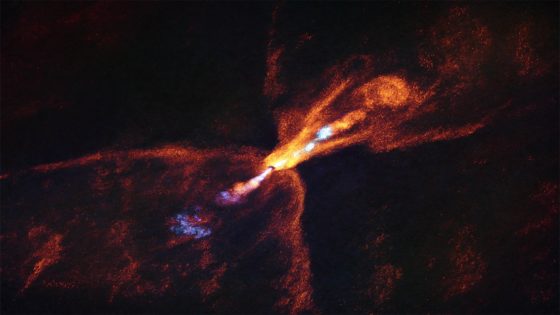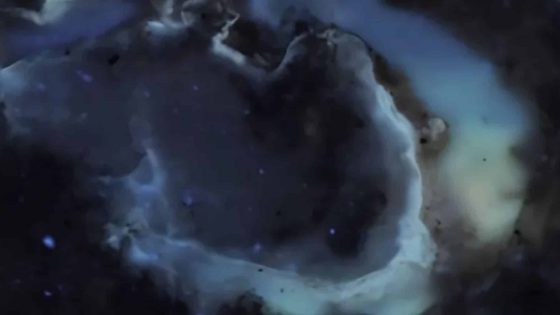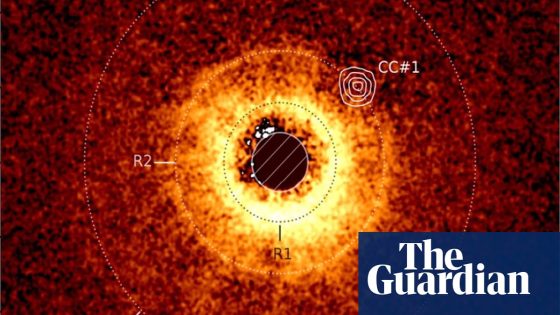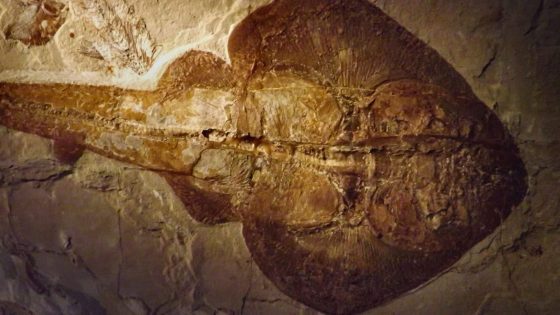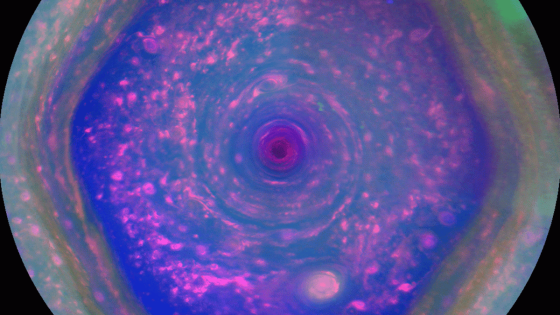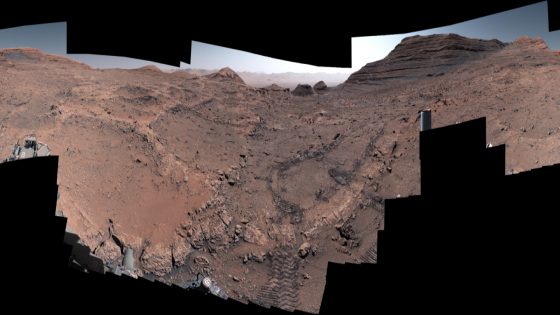Astronomers have made a groundbreaking discovery about planet formation, capturing a star system at the moment solid grains began to form planets. This remarkable observation offers insights into how planets, including Earth, originated billions of years ago.
- Astronomers observed planet formation in HOPS-315.
- HOPS-315 is 1,300 light-years away in Orion.
- James Webb Telescope detected hot SiO molecules.
- Minerals match those in Earth's ancient meteorites.
- Crystalline silicates could seed rocky planets.
- Future studies will explore water ice presence.
The infant star HOPS-315, located about 1,300 light-years away in the constellation Orion, is surrounded by a disc of gas and dust. This disc is crucial for understanding the initial stages of planetary assembly, as it mirrors the early conditions of our own Solar System. On 2025-07-19 01:11:00, researchers revealed that they observed the first moments of this vital process.
This discovery raises intriguing questions about the mechanisms of planet formation. How do these tiny grains evolve into massive planets? The findings suggest that:
- Crystalline silicates form where cooling vapor meets a sharp temperature drop.
- Minerals observed are similar to those found in ancient meteorites on Earth.
- Condensation processes may occur much earlier than previously thought.
As scientists continue to study HOPS-315, the potential for uncovering more about the origins of life-bearing planets grows. Future observations may reveal even more about the dynamics of planet formation and the conditions necessary for life.



